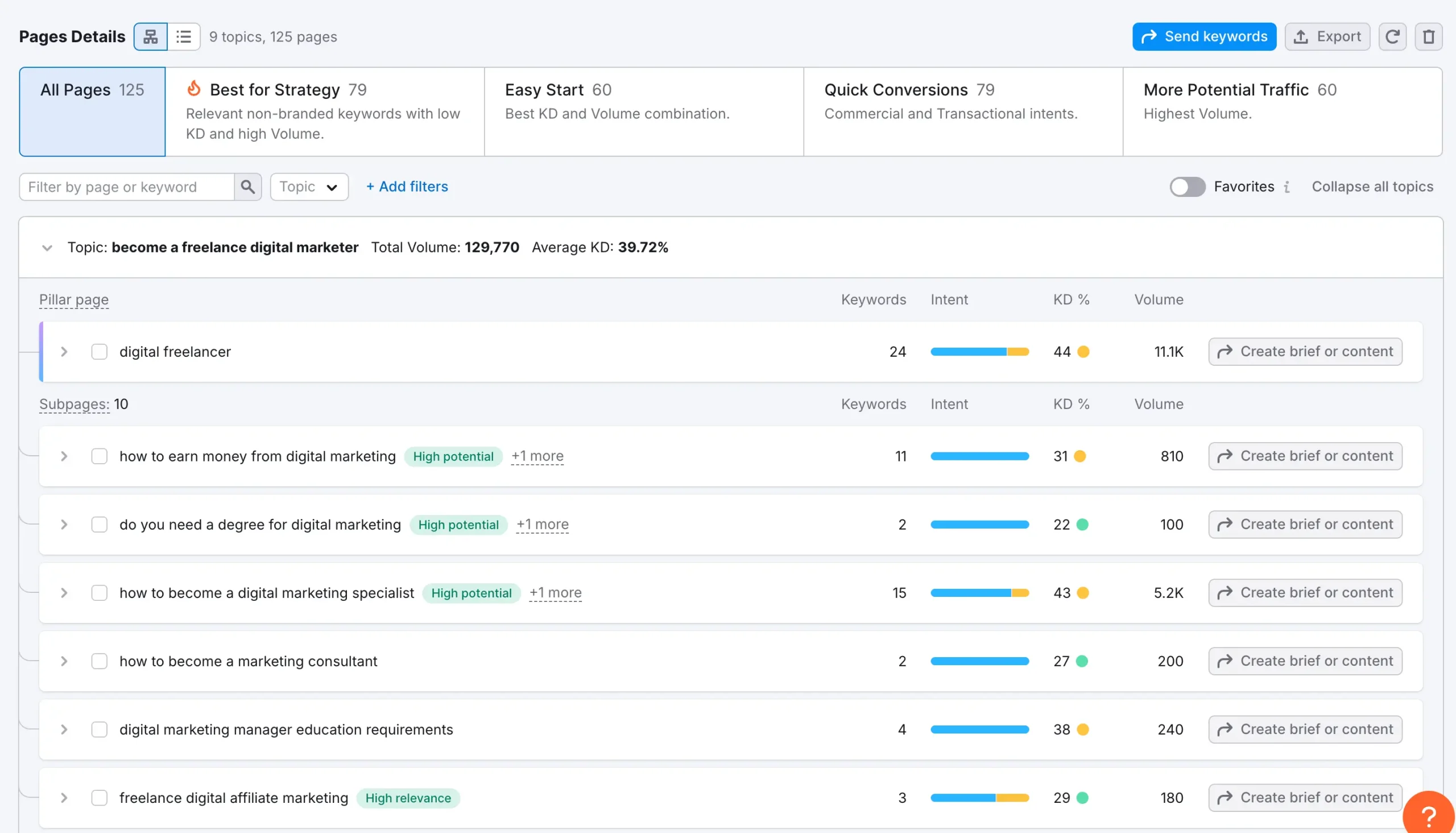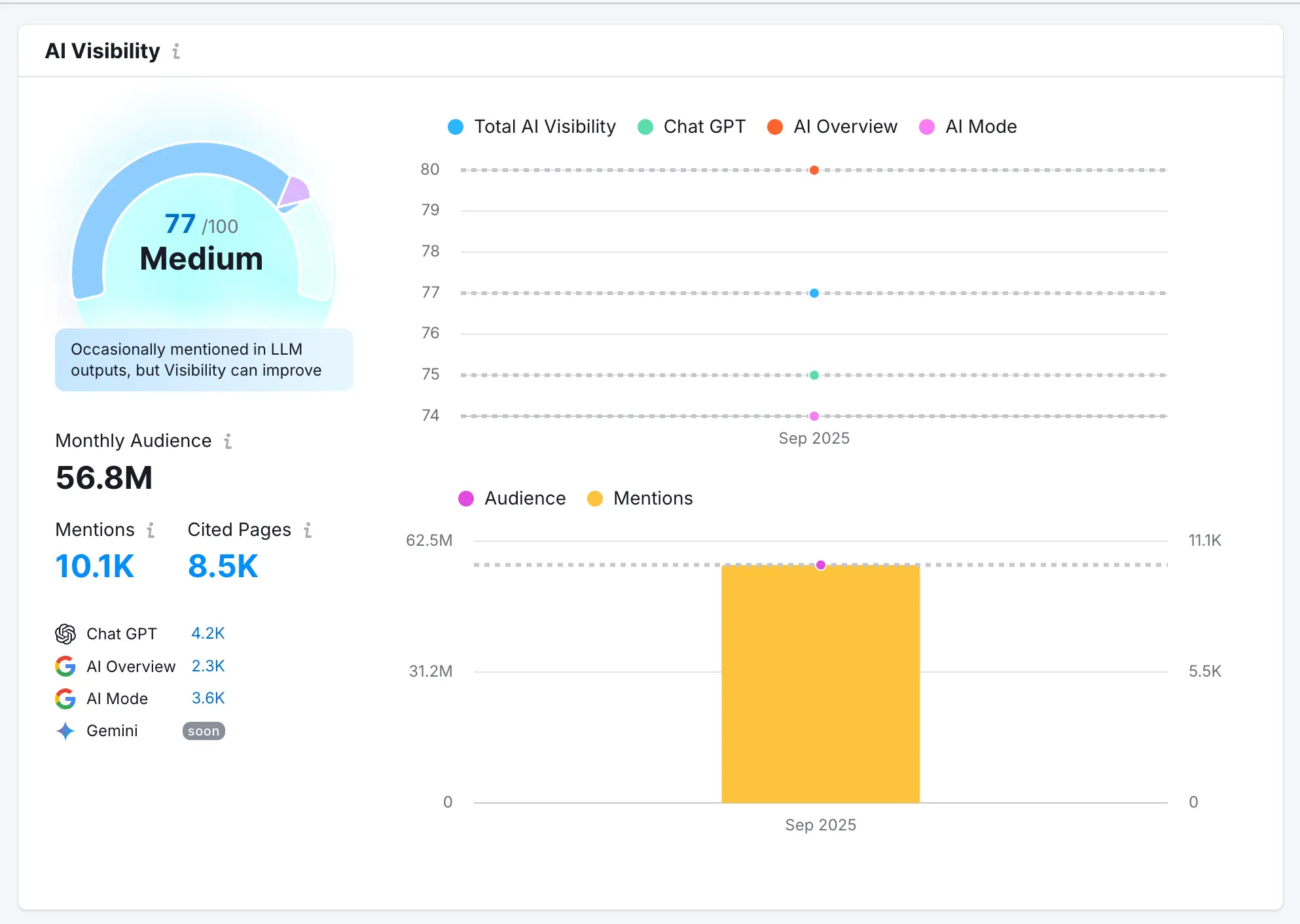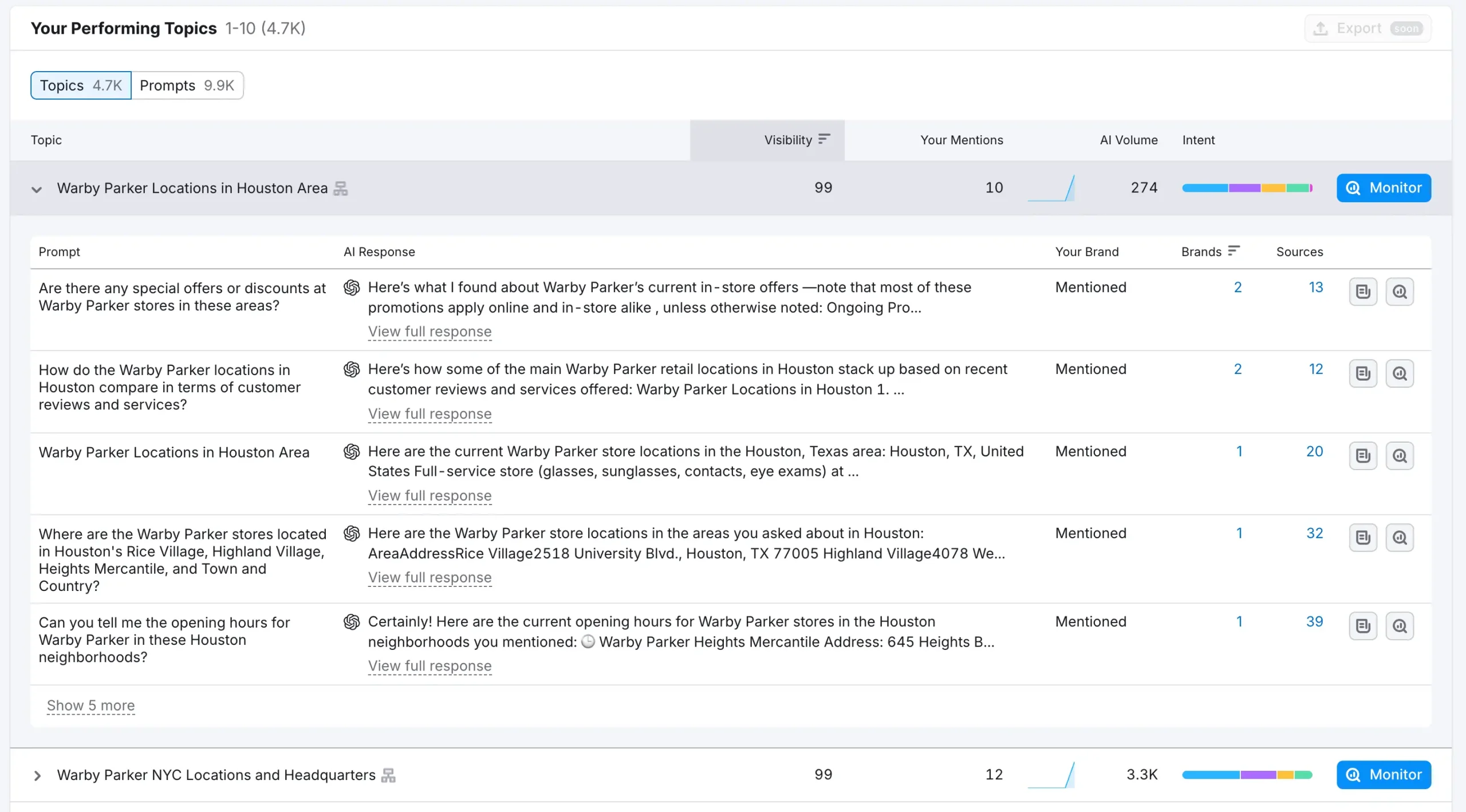Disclaimer: This post contains affiliate links. I earn a commission if you make a purchase at no extra cost to you.
More and more marketers today are focused on appearing in ChatGPT, Google AI Mode, Perplexity, Claude, or other LLM platforms. The promise of quick wins in “AI search” has created a pattern: write something quickly, optimize for the snippet, and hope for the mention.
There are two problems in chasing these shortcuts:
1. Many forget that the core principles of SEO remain unchanged. And as algorithms shift and AI-driven search evolves, the brands that stand on strong foundations, not trendy hacks, will always win.
2. Creating content at scale with AI will eventually create issues with Google algorithms that punish such actions. And without Google traffic, it's very difficult for any website to survive online.
In this article, you will learn why the SEO fundamentals still matter, why shortcuts fail, and how to build an evergreen SEO strategy designed to last.
Why the SEO Fundamentals Still Matter
Good SEO practices have always had the same purpose: to help creators build websites and publish content that genuinely answers people’s questions.
Even if Google or certain AI platforms sometimes appear to reward low-quality content in the short term, this rarely lasts. Over time, they will be 'forced' to refine their systems to filter out spam and reward websites that consistently:
- Provide real value to their audience
- Offer a strong user experience
- Demonstrate expertise and authority in their niche
Core Principles of Evergreen SEO
The basic SEO principles haven’t changed in a decade, and they likely won’t in the next one.
- Technical SEO: Ensure your website is easy for search engines to crawl and index. A clear site structure, fast loading times, mobile responsiveness, and secure HTTPS connections create the foundation for visibility and performance.
- Content quality: Write content that’s helpful, accurate, and satisfying for the user’s intent. Instead of chasing keywords, focus on solving problems and answering real questions.
- E-E-A-T (Experience, Expertise, Authority, Trust): Show that your content comes from knowledgeable, credible sources. Include expert input, author profiles, references, and evidence that demonstrate your authority on the topic.
- User experience: Visitors should find your site easy to navigate, engaging to explore, and pleasant to read. Bounce rate, time on page, and engagement all feed into modern ranking signals.
- Brand reputation: A strong, trusted brand has become one of the most powerful ranking signals in today’s SEO landscape. Search engines and AI systems increasingly rely on brand recognition to assess credibility.
Use Semrush SEO Toolkit to build and execute an evergreen SEO Strategy. Try Free for 14 Days.
How to Build a Sustainable, Evergreen SEO Strategy
The key to lasting visibility in both traditional and AI-driven search isn’t reacting to every new update or trend, but building an SEO strategy that grows stronger over time. A sustainable approach focuses on creating high-quality content, developing a trusted brand, aligning with real user intent, and continuously measuring visibility to learn, adapt, and improve with every cycle.
Below are the pillars of an evergreen SEO strategy designed to last.
Create High-Value Content Assets
High-value content assets are the foundation of sustainable SEO because they continue to attract traffic, backlinks, and brand recognition long after they’re published.
Start by focusing on topics that matter to your audience, not just what’s trending. Evergreen content like guides, tutorials, research studies, and practical how-to guides keeps generating interest over time.
A data-driven way to identify and build these assets is through tools like the Semrush SEO Toolkit. It analyzes top-performing competitors for a target keyword, identifies gaps in content depth and readability, and uncovers content opportunities, helping you create content designed for long-term visibility.
This allows you to create resources that not only rank but also remain useful and competitive in evolving search environments.
Once your pillar pages are live, build content clusters around them. These are supporting posts that link internally and expand the topic.
This approach helps search engines (and LLMs) understand your topical authority, making it more likely that your brand will be cited as a credible source in AI-generated responses.
For example, instead of publishing random blog posts about “keyword research,” develop a pillar guide on “Mastering SEO Keyword Research in the AI Era” and link related articles such as “Best Keyword Tools for AI Search” and “How to Map User Intent.” Over time, this cluster positions your site as a trusted authority on keyword strategy.
Focus on Brand Awareness
Search visibility increasingly depends on how recognizable and trusted your brand is, not just your keyword rankings. In the AI-driven search era, authority comes from signals that demonstrate real-world reputation: brand mentions, citations, and discussions across the web.
Search engines and LLMs consider brand reputation as a ranking factor for credibility. Even if you don’t have a direct backlink, unlinked mentions where your brand is being referenced in articles, forums, or AI responses still help build trust and context.
To grow these signals, focus on:
- Building authentic relationships with authoritative sites in your niche.
- Participating in industry discussions, collaborations, and thought-leadership opportunities.
- Monitoring who mentions your brand.
Using tools like Semrush’s Backlink Analytics and AI Visibility Toolkit (included in Semrush One), you can track both linked and unlinked mentions. Backlink Analytics helps identify high-quality, relevant link prospects for genuine relationship building, while AI Visibility monitors where your brand appears in AI-generated answers.
Together, these insights help you understand your overall footprint across the evolving search landscape.
When your brand becomes consistently visible and positively mentioned, algorithms and AI systems begin to recognize you as a trusted authority, which provides a significant advantage in today’s complex search ecosystem.
Align Content With Real User Intent
Sustainable SEO begins and ends with understanding what people truly want when they search. Gone are the days of matching exact keywords; modern algorithms and AI systems prioritize relevance and intent.
There are three key types of intent you should optimize for:
- Informational: users want to learn (e.g., “how to improve SEO visibility”)
- Navigational: users want a specific brand or page (e.g., “Semrush AI Visibility Toolkit”)
- Transactional: users are ready to act or buy (e.g., “best SEO tool for content optimization”)
By mapping your content strategy around these intents, you ensure that your site provides meaningful experiences for every stage of the customer journey.
Platforms like Semrush One make this process seamless. You can analyze search intent trends, see how competitors satisfy those intents, and identify gaps in your own strategy.
For example, Position Tracking helps you see which pages align with user goals and which ones attract irrelevant traffic so that you can refine your strategy accordingly.
The more closely your content matches user intent, the better your engagement metrics (time on page, CTR, and conversions), all of which send positive signals to both search engines and AI systems about your site’s relevance.
Measure Visibility, Not Just SEO Rankings
Traditional rankings only tell part of the story. With AI search integrations reshaping how users find information, the question is no longer “What position am I in?” but “Where does my brand appear and how is it perceived?”
Modern SEO success depends on visibility across all environments: organic results, AI-generated summaries, snippets, and even voice responses. Measuring that requires a broader, connected view of performance.
That’s where the AI Visibility Dashboard in Semrush One comes in. It shows you:
- How often your brand is referenced in AI-generated answers
- Which prompts or topics surface your content
- Whether the sentiment of those mentions is positive or neutral
- How your AI presence compares with traditional rankings
This data helps validate whether your long-term strategy is working, beyond simple keyword lists. Coupled with Position Tracking and Analytics Reports, you can benchmark your visibility across both traditional search and generative AI platforms in one unified workspace.
Future-Proof Your SEO
Finally, the most effective way to stay ahead of algorithm and AI changes is to include 'change' as part of your strategy. SEO is not a once-off activity but an ongoing system of improvement.
To future-proof your SEO:
- Continue building topical authority through research-driven, evergreen content.
- Audit performance regularly to identify technical or content gaps.
- Keep refining your approach based on user data, not speculation.
- Invest in tools that unify your view of SEO and AI-driven performance.
That last point is critical. Platforms like Semrush One combine all essential toolkits (SEO and AI Visibility) into a single, connected workspace. This integration helps you scale optimization beyond keyword rankings and build a truly sustainable strategy that adapts to every algorithm shift ahead.
In Summary
Building a sustainable SEO strategy is about quality, not quantity. It’s about creating valuable content that lasts, building a brand people (and algorithms) trust, aligning with user intent, and measuring visibility across all forms of search.
Use Semrush SEO Toolkit to design and execute an evergreen SEO Strategy. Try Free for 14 Days.






